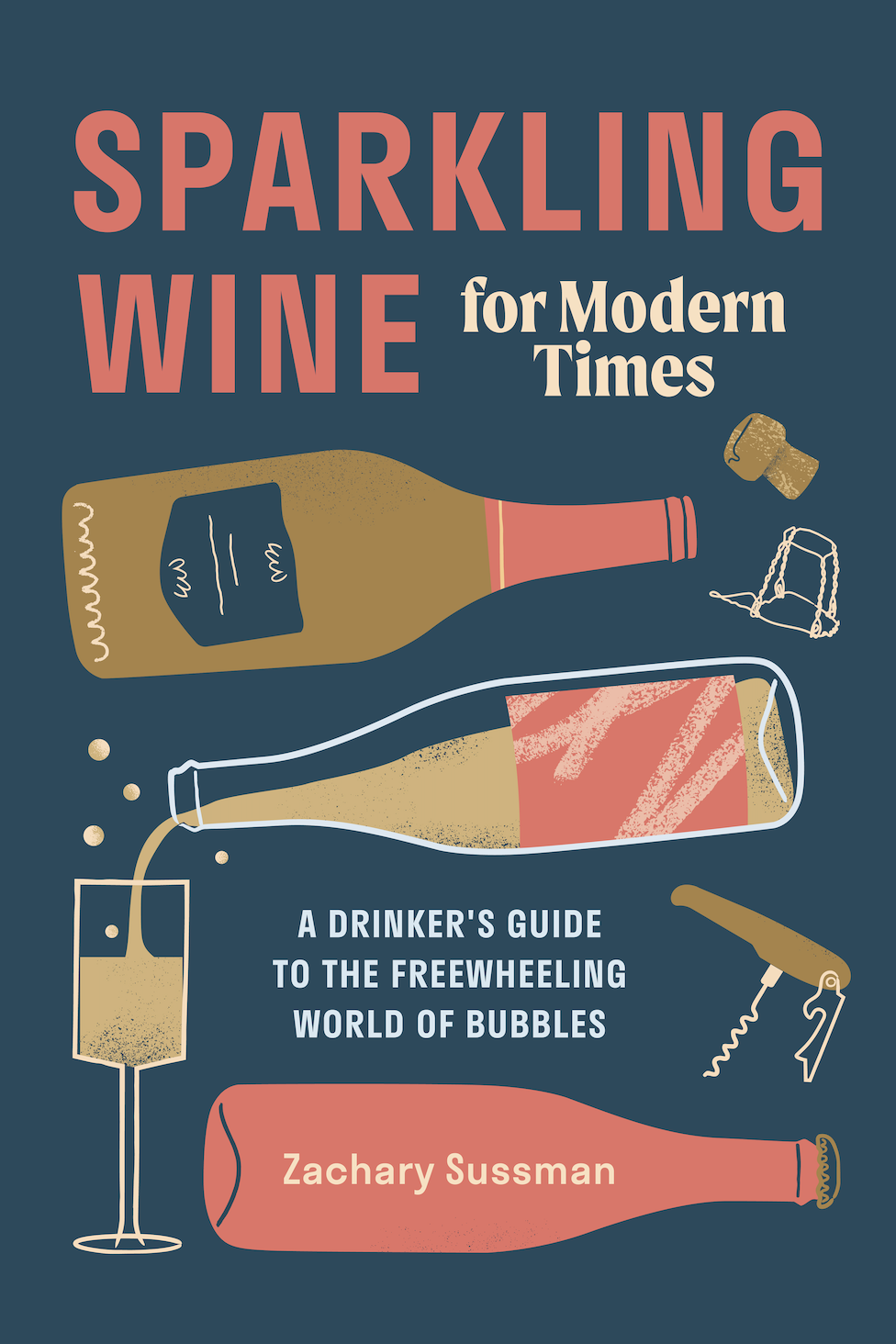Behind the Backbar at Chicago's Scofflaw
In this round of “Anatomy of a Backbar,” Scofflaw’s Danny Shapiro curates a collection of gin that highlights the dizzying array of styles available today.
October 09, 2017 | story: ZACHARY SUSSMAN | photography: CHRISTIE LAMOUNTAIN
f there were a graph to chart the relative health of our cocktail culture over time, it would reflect a certain midcentury moment that precipitated our decline into the so-called Dark Age: a decades-long slump correlated with vodka’s swift ascendency and the near extinction of a number of classic drinks.
Luckily, thanks to the cocktail revival, that graph has been on the uptick for some time. And today, not only are we in a position to reclaim the storied drinks of the past, we’re able to take a closer look at the wide-ranging world of spirits, too—most notably, that of gin.
“Gin is tied to the cocktail movement more than any other spirit,” explains Danny Shapiro, partner and head bartender of Chicago’s gin-centric Scofflaw. “It’s no coincidence that more classic cocktails call for it than anything else.”
One of the earliest and most influential members of a new wave of gin bars to open in recent years (including Martin Cate’s Whitechapel in San Francisco and The Gin Joint in Charleston), Scofflaw doesn’t simply pay homage to gin’s rich history; it seeks to highlight the dizzying spectrum of styles that informs the spirit’s modern identity.
With over 100 reference points available—“we’re constantly cycling gins out and adding new ones,” Shapiro says—each organized by style, the Scofflaw spirits book can be read as a snapshot of gin’s new, multi-dimensional landscape. In addition to historic benchmarks, including Old Tom (“lightly sweet and floral”), London Dry (“pronounced juniper, notes of citrus”) and genever (“full-bodied, malty and robust”), it also boasts a comprehensive selection of bottles that fall under the umbrella of the New Western expression, a style that’s currently fueling gin’s craft revolution.
That revolution hinges upon a certain paradox. Among the most storied of spirits, gin has also emerged as the most experimental; the lack of strict regulations governing its production has given distillers free range to run wild of late, ushering in an era of unprecedented diversity.
“As long as your product has some juniper component and a neutral base, you can call it a gin,” says Shapiro. “This lends itself to much experimentation, whether with the botanical selection or the distilling process, or even aging, which has become much more popular lately.”
Even if certain selections possess the depth and complexity to be sipped on their own, in his view gin finds its highest calling as a cocktail ingredient. “If you pour me a great bourbon or Scotch, or a great mezcal or rum, I am going to prefer to drink it by itself,” he says. “Whereas to me… I think the best gins are engineered with cocktails in mind.”
The point of amassing such a vast collection, then, isn’t merely for bragging rights, but to explore the widest possible range of drink-making possibilities. Beyond the classic application in drinks like the Tom Collins, Shapiro likes to use Old Tom, for instance, with ingredients like falernum and passionfruit in modern renditions. And as the category continues to expand, bartenders are increasingly empowered to make far more nuanced and deliberate choices for building the perfect drink.
For instance, Shapiro describes his attempt to elevate the Saturn—“a complex tiki drink”—with a gin like The Botanist, which, as he puts it, is one of the rare gins that has “tropical notes.” Similarly, he explains his philosophy of using “two bold components to mellow each other out,” as reflected in his choice to combine the intense “piney, licorice-y flavors” of Death’s Door Gin with the bracing herbal notes of Fernet in a Hanky Panky. Such attention to detail simply wouldn’t have been possible a generation ago.
“You can be hyper-specific about matching specific gins to specific cocktails,” Shapiro explains. “It makes you really think carefully about the individual components and how they come together in any drink… that’s what makes it so fun.”
SCOFFLAW IN FIVE BOTTLES
Scofflaw Old Tom Gin
“We always dreamed of a classic Old Tom gin that would make a beautiful Martinez and a beautiful Tom Collins,” Shapiro says. The solution? To partner with North Shore, a local distillery, to create this customized version of the style. Round and complex, according to Shapiro, it “balances on a subtle floral edge, thanks to the osmanthus blossoms used during distillation.”
- FROM:USA (Illinois)
- ABV:45 percent
Death's Door Gin
Distilled from winter wheat that’s native to Washington Island, this “bold gin with piney, licorice-y and citrusy notes” is made from just three botanicals: juniper, coriander and fennel. “I think it’s perfect for a Hanky Panky,” Shapiro explains, “because its boldness balances out the boldness of the Fernet, and their eucalyptus and forest notes are parallel.”
- FROM:USA (Wisconsin)
- ABV:45 percent
Fords
Distilled in London at Thames Distillers, this gin represents a collaboration between Simon Ford, of The 86 Co., and Master Distiller Charles Maxwell. A blend of nine botanicals—including, juniper, coriander seed, citrus peel, jasmine flower and cassia—it “was made for mixing,” in Shapiro’s view, “as evidenced by Simon [Ford]’s method of testing fourteen classic cocktails with it” while it was being developed. “I actually think that the balance is the best thing about it,” says Shapiro, who suggests using it in a Pegu Club. “Floral, spice and citrus are all in check and all present.”
- FROM:England
- ABV:45 percent
The Botanist
“A staff favorite within Scofflaw Group, due to its depth,” The Botanist represents the Bruichladdich Scotch distillery’s first foray into the gin world and uses 22 botanicals local to the island of Islay, where it’s made. “It’s a thinker, if ever there could be such a thing for a gin,” Shapiro says, noting that it’s perfect for a Saturn cocktail, as the gin’s “complex tropical notes” bolster the tropical flavors of the drink.
- FROM:Scotland
- ABV:46 percent
Citadelle Reserve
“It’s rare to find a gin that can walk into a barrel and walk out still a gin,” Shapiro says. Solera-aged for approximately six months and flavored with yuzu, génépy and cornflower, the Citadelle Reserve—one of the first barrel-aged gins on the market—“still maintains its citrus, floral and spice notes, rather than being muted by the barrel flavoring,” according to Shapiro, who likes to use it in a Martini. The reason? “So that you can taste the nuances of the gin.”
- FROM:France
- ABV:44.7 percent







